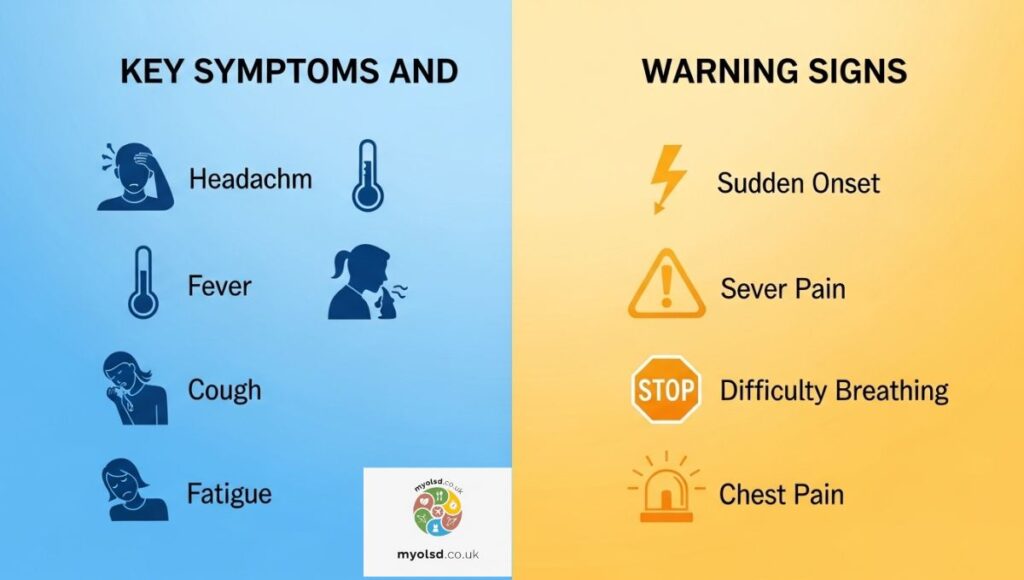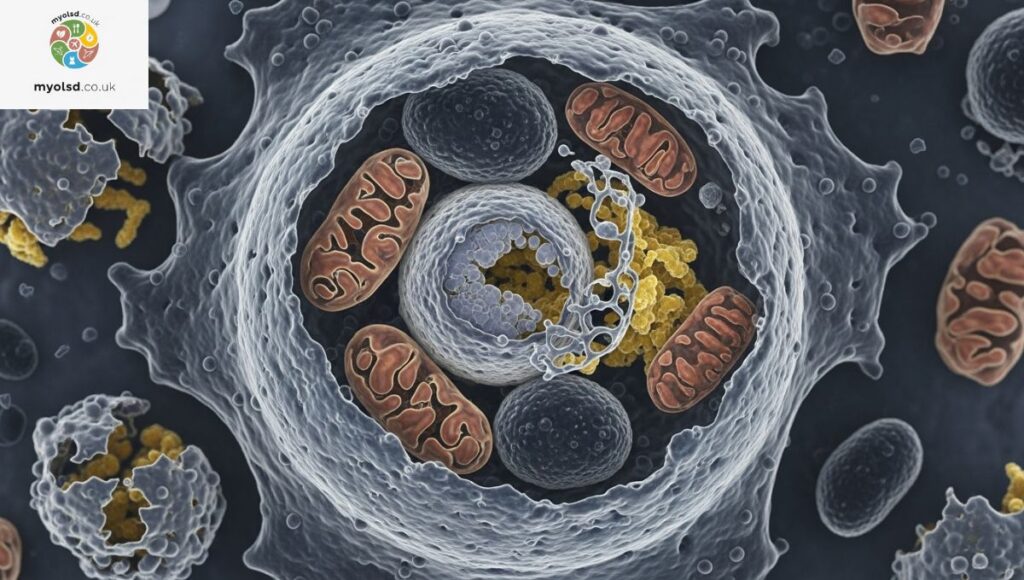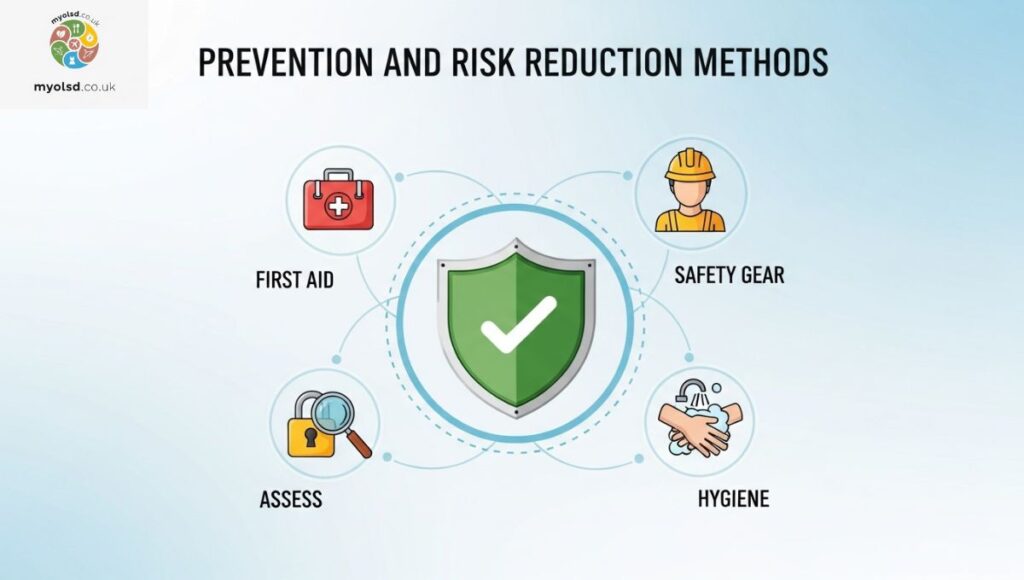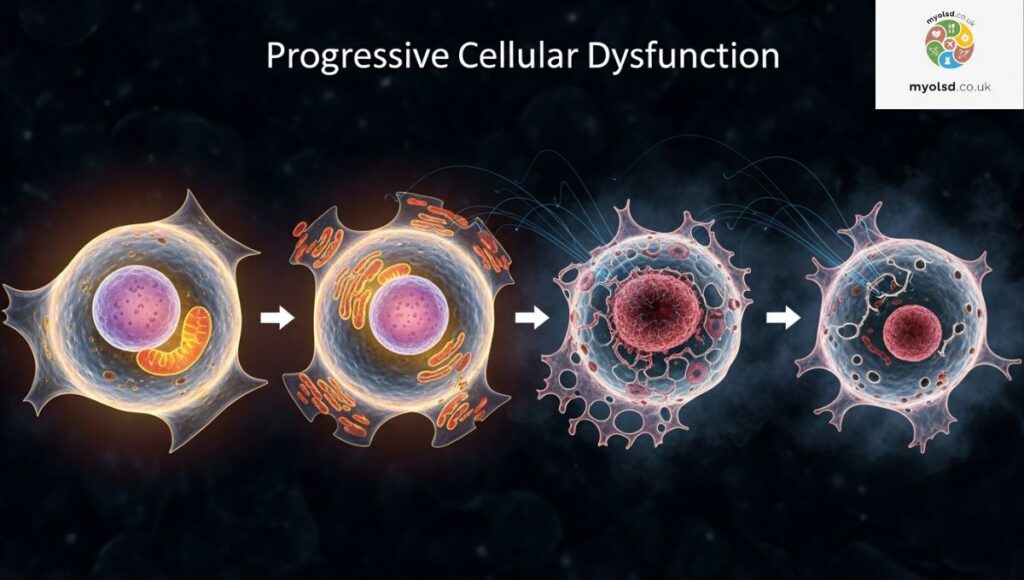Have you ever come across the term “ozdikenosis” and felt a chill run down your spine, wondering, Why does ozdikenosis kill you? It’s natural to feel confused or even scared when a disease sounds so rare and mysterious. Many people stumble upon it online, searching for answers, and end up more anxious because the explanations are full of medical jargon. You’re not alone in feeling frustrated and desperate for a clear, simple answer.
In this post, we’ll break down why ozdikenosis kills you in a way that actually makes sense. From the early warning signs to the impact on the body’s vital organs, we’ll explain the disease step by step. By the end, you’ll understand the risks, the symptoms to watch for, and why this condition can be so dangerous without getting lost in complicated medical terms.
Key Symptoms and Warning Signs

Ozdikenosis often begins quietly, making early detection difficult. Fatigue that never seems to go away, sudden muscle weakness, or frequent infections may seem minor, but they’re early red flags. Cognitive decline, brain fog, and memory loss are also common, especially as the disease progresses.
Later symptoms grow more serious. Heart arrhythmias, shortness of breath, organ pain, and irregular breathing patterns indicate that major organ systems are under stress. Frequent hospital visits, persistent exhaustion, and unexplained weight loss are signs that your body is struggling to cope with the energy depletion caused by mitochondrial dysfunction. Recognizing these early signs is critical because the disease progresses quickly.
How Ozdikenosis Attacks the Human Body
At the core, ozdikenosis is a genetic disorder that disrupts cellular metabolism. It attacks the mitochondria, the tiny powerhouses in every cell, responsible for energy production. Without sufficient energy, organs start failing, and the body can’t sustain normal functions.
The disease doesn’t just affect one area, it spreads systematically. Your heart, lungs, kidneys, liver, and nervous system gradually weaken. Muscle tissue deteriorates, the immune system falters, and protein aggregates accumulate, causing oxidative stress. Essentially, the body slowly loses its ability to keep itself running.
Impact on Major Organ Systems
Ozdikenosis doesn’t discriminate; it attacks every energy-dependent organ system.
- Heart (Cardiovascular System): Weak heart muscles lead to arrhythmias and a higher risk of sudden cardiac events.
- Lungs (Respiratory System): Lung capacity decreases, making it hard to breathe even during light activity.
- Liver (Hepatic System): Detoxification slows, causing toxin buildup in the bloodstream.
- Kidneys (Renal System): Filtration declines, leading to fluid imbalance and waste accumulation.
- Nervous System: Cognitive decline, tremors, and seizures may appear as neurons struggle with reduced energy.
This multi-organ involvement explains why ozdikenosis is fatal. When several critical systems fail together, survival becomes extremely difficult.
Read more Article: Why Stump Burning Is Illegal
Cellular Deterioration Process

The disease starts at a microscopic level. Mitochondria malfunction, disrupting ATP production, the body’s main energy source. Protein aggregates accumulate, enzymes fail to function, and oxidative stress damages tissues.
Muscles weaken, nerves misfire, and vital organs start losing efficiency. Think of it like a slow power outage inside your body, where small failures escalate into full system collapse. Over time, the progressive cellular dysfunction leads to irreversible organ damage, making early intervention crucial.
The Fatal Progression of Ozdikenosis
Ozdikenosis follows a rapid and predictable trajectory:
- Stage 1 (0 to 6 months): Mild fatigue, occasional weakness, and subtle cognitive difficulties. Symptoms are often mistaken for normal tiredness.
- Stage 2 (6 to 12 months): Organ function drops by roughly 20%. Shortness of breath, minor heart irregularities, and muscle deterioration become noticeable.
- Stage 3 (12 to 24 months): Multi-organ stress is evident. Kidney, liver, and heart function may decline by half. Frequent infections and brain fog intensify.
- Stage 4 (Terminal Phase): Complete organ failure. Survival without intensive medical support becomes unlikely.
The rapid progression is why early detection, monitoring, and intervention are vital. The body cannot withstand unchecked cellular breakdown for long.
Treatment Options and Survival Rates
Currently, there is no cure for ozdikenosis. Treatments focus on symptom management and slowing progression:
- Enzyme Replacement Therapy & Metabolic Support: Helps cells function better.
- Gene Therapy & Stem Cell Therapy: Experimental approaches to repair genetic defects.
- Oxygen & Organ Support: Ventilators, dialysis, or cardiac care for failing organs.
- Nutritional & Lifestyle Adjustments: Balanced diet, coenzyme Q10, amino acids, and structured rest periods.
Survival rates depend heavily on early diagnosis and aggressive supportive care. Children may live 2 to 3 years after onset, while adults sometimes survive longer if the disease is detected early. Regular monitoring, genetic counseling, and preventive interventions improve outcomes modestly.
Prevention and Risk Reduction Methods

While ozdikenosis is genetic, risk can be reduced with proactive strategies:
- Genetic Screening: Identify carriers and high-risk individuals before family planning.
- Prenatal Testing: Detect mutations early through DNA analysis.
- Environmental Modifications: Reduce oxidative stress with air filtration, controlled temperature, and low-toxin environments.
- Lifestyle Adjustments: Proper nutrition, moderate physical activity, and structured rest to reduce cellular stress.
Although these steps don’t guarantee prevention, they help slow disease progression and improve quality of life.
Genetic Planning
The OZD1 gene plays a key role in the disorder. Parents with a history of ozdikenosis can use DNA sequencing and prenatal genetic counseling to understand the risk for their children. Carrier detection and IVF procedures allow families to make informed decisions and take preventive action where possible.
Environmental Modifications
External factors, like exposure to toxins, oxidative stress, and extreme physical strain, can worsen ozdikenosis. Simple modifications, controlled air quality, regulated physical activity,and antioxidant-rich nutrition programs can help reduce stress on mitochondria and delay progression.
Progressive Cellular Dysfunction

Over time, progressive mitochondrial dysfunction causes severe energy depletion. Organs collapse one after another, tissues break down, and the immune system misfires, attacking healthy cells. This cascade of events explains the fatal mechanism behind why does ozdikenosis kills you.
Conclusion
Understanding why does ozdikenosis kills you is essential for patients, caregivers, and medical professionals. It’s a rare, genetic, and fatal disease that disrupts cellular energy, leading to organ failure. While there is no permanent cure, early detection, supportive care, lifestyle adjustments, and emerging therapies offer hope.
Knowledge, awareness, and research are the best tools we have today to combat this devastating disorder. With ongoing medical advancements, the future may bring life-saving interventions that could turn this lethal disease into a manageable condition.
FAQs
What is Ozdikenosis in simple words?
Ozdikenosis is a rare genetic disorder that damages the body’s energy-producing cells, causing organs to work less efficiently over time.
Can you survive it?
Survival is limited, especially without early detection and treatment. Supportive care and therapies can extend life, but there’s no permanent cure.
Why does it kill faster in some people?
Disease progression varies due to genetic factors, organ involvement, lifestyle, and overall health, which can make symptoms worsen more quickly in some individuals.
Is it genetic or environmental?
Ozdikenosis is primarily genetic, caused by inherited mutations, though environmental stressors like toxins and poor lifestyle can worsen its effects.
Can kids get it?
Yes, Ozdikenosis often appears in childhood, sometimes showing symptoms early in life due to its genetic nature.


1 thought on “Why Does Ozdikenosis Kill You? Causes & Risks Explained”